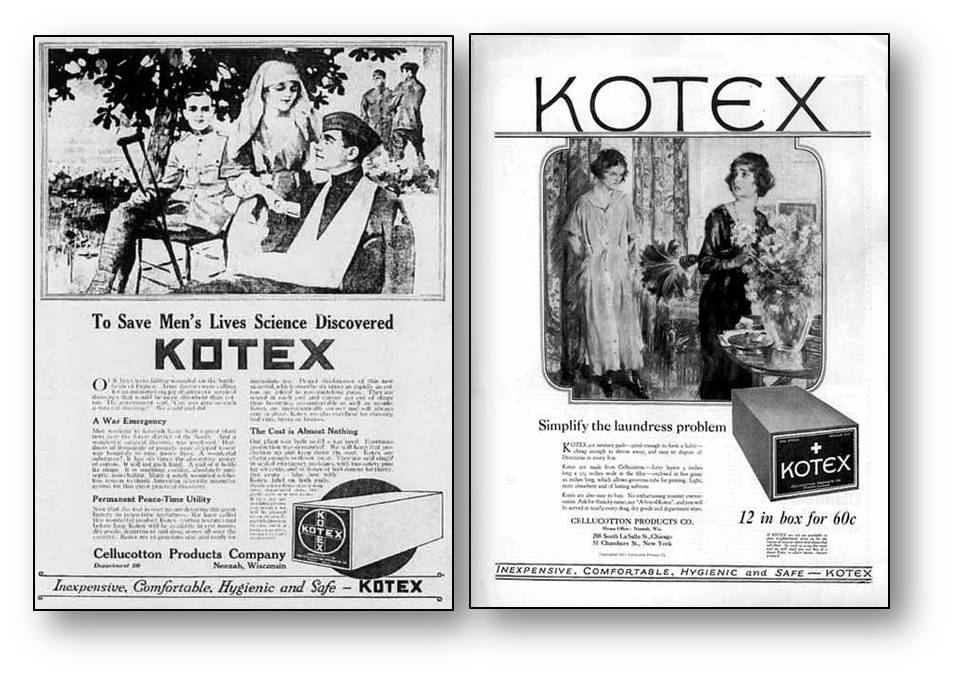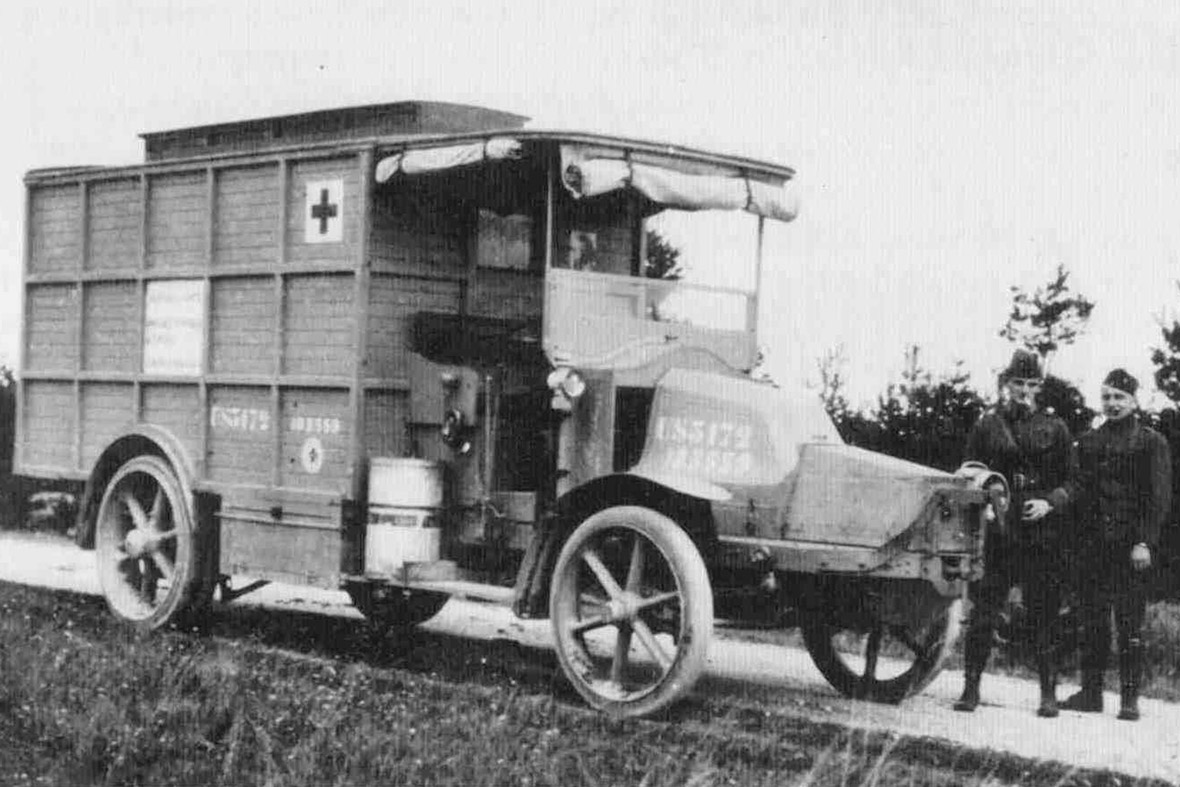...πιθανώς δεν ξέρατε ότι αυτά τα 12 καθημερινά
αντικείμενα εφευρέθηκαν κατά τη διάρκεια πολέμου...
1- Tabasco Hot Sauce
Edmund Mcilhenny was a banker in New Orleans during the 1850s when a soldier friend, who had just returned from fighting in the United States-Mexican War, gave him some deliciously hot peppers he had found growing native in Mexico. Mcilhenny enjoyed the peppers so much that he planted them on his wife's family's plantation located on Avery Island, just off the Louisiana Gulf Coast.
During the Civil War, as the Union Army slowly captured New Orleans and then took up residence in Mcilhenny's family home on Avery Island, the Mcilhenny family fled to Texas. When they returned in 1865, after the war was over, the entire plantation and family home on the island had been destroyed. All that remained were the crop of Capsicum hot peppers. Out of this tragedy, Mcilhenny's ingenuity brewed up a hot sauce that would become a Southern staple for centuries to come. Indeed, Mcilhenny Tabasco Sauce was so popular by the early 1900s that it was even included in C-Rations for soldiers fighting overseas during World War I.

2-Individual Tea Bags
The conditions of war have often made it necessary for manufacturers to come up with innovative ways to provide common food staples—coffee, salt, tea—to isolated soldiers on the battlefront. Legend has it that a New York tea importer named Thomas Sullivan "accidentally" invented the tea bag in 1908 when he began sending samples of his wares to customers in small silk pouches, which the customers then used to brew individual cups of tea. This accident was transformed into a pleasant reality for troops during World War I, who were given these fancy new "tea bags" for use on the field. After the war, tea bags transformed into a huge hit in America, while it would take the British—who maintained a lingering air of tea pretension—several decades to fully sink their teeth into the newest way of drinking.

3- Sanitary Napkins
Cellucotton—a pulp by-product of processed sugar cane—was often used by nurses during World War I when surgical bandages were unavailable, because it was particularly effective at treating wounds and was inexpensive enough to be disposable. Inevitably, battlefield nurses soon began using the cellucotton for sanitary pads while stationed overseas and were also amazed by the convenience associated with them. Inspired by the nurses' ingenuity, Kimberly-Clark began marketing Kotex disposable sanitary pads in 1920 to female consumers with great success.


4- Hostess Twinkies
Hostess Twinkies had been on the market since 1933, but they were a bit different then from the modern confection that you know—and devour—today. The Twinkies of the 1930s were made with a banana filling, and were well-loved mostly for their economical price of only five cents for a pack of two during the Great Depression. But during World War II there was a sudden banana shortage and Hostess, like most Americans, had to get creative. Hostess changed their Twinkie filling from banana to vanilla cream during World War II out of necessity and were amazed by the boom in Twinkie sales. They decided to keep the new formula even after the war, and thus, the modern Twinkie was born.

5- Canned Goods
The next time you pry open a can of corn, you can silently give your thanks for that convenience to the wartime effort of Emperor Napoleon and a young chef named Nicolas Appert, who pioneered the invention over two centuries ago. In 1795, Napoleon, worried about the eating conditions of his troops who were locked in a constant state of war, offered a prize of 12,000 francs to any man who could create a reliable way to preserve food safely. While it took Appert 15 years, the chef was able to collect his prize and impress his ruler when he finally developed a method of heating, boiling, and then sealing the food in airtight glass jars. This technology finally made it possible for healthy, unspoiled foods to be transported to troops on the battlefield. Apperts method, from over 200 years ago, is the same basic technology used in canning foods today.


6- Wrist Watches
Wrist watches had indeed been invented prior to World War I, but it was the need for a coordination and execution of maneuvers among British soldiers on the war fields that brought them into regular use. Unlike previous wars where generals stood with soldiers giving immediate commands and timing their orders, commanders of troops during World War I were often in remote locations. Wrist watches allowed each officer to time their actions in line with others, without having to rely on visual or audible cues from superiors. And unlike a pocket watch, they allowed for easy and quick access. British officers were given wrist watches as part of their standard war issue and by 1916, the style and trend of the wristwatch had quickly transcended the battlefront and began appearing all over the streets of London.


7- Portable X-Ray Machine
The portable x-ray machine was an amazing discovery fine-tuned by scientists, among them famed physicist Marie Curie, at the dawn of World War I. While x-ray technology had been in existence since 1895, Curie worked with physicians to outfit trucks for the Red Cross with mobile field units, and then the team worked to transport large portable generators to power the x-rays for use on the battlefield. This technology—which Curie tested in the dangers of the field herself—eliminated hours of travel time for patients with life threatening injuries and allowed doctors to provide treatment almost immediately upon diagnosis.

8- Blood Banks
While the study of blood—the different types, its properties, and the ways to transfuse it to save dying patients—had been occurring for decades (and in some cases, centuries) prior to World War I, the hard realities of battle forced progress in the field of hematology to the most dire level. Before the Great War, the best hope to transfuse blood to a dying patient was to find another willing and healthy patient to directly donate the blood. Person-to-person transfusions were the only viable method until 1914-1915, when several different physicians from around the world discovered independently that by adding sodium citrate, which acted as an anticoagulant, to donated blood could last for several days outside of a patient's body. From there, Dr. Oswald Hope Robertson developed the first blood bank on the battlefield of France in 1917, literally saving the lives of thousands of soldiers who would have died without this new, simple technology.


9- Duct Tape
Vesta Stoudt was working in a plant during World War II, inspecting and packing cartridges used to launch rifle grenades for soldiers, when she made a frightening realization. Stoudt learned that the tape that was used to seal the boxes of ammunition was making it difficult for soldiers in the field to quickly access their ammunition. Perhaps driven out of fear for her own two sons who were stationed in Europe during the war, Stoudt used a little bit of inventiveness and a lot of perseverance to come up with a solution to the sticky problem. In 1943, she invented duct tape, which made sealing and opening the boxes easier for soldiers in battle. It also gave her peace of mind, knowing that she had done her part to help the war effort and to keep boys, like her sons, safe.

10- Embalming
The process of embalming dates back to early Egypt, where the process of mummification was believed to be an essential element to preserving one's soul for the afterlife. But it wasn't until the United States Civil War that surgeons discovered how to preserve a body against the rapid decomposing that occurs after death. The Civil War presented a new problem for undertakers in the country, as men fighting in battles often died far from home and surgeons searched for ways to maintain a corpse long enough to transport it to a dead soldier's family. Dr. Thomas Holmes began experimenting with different embalming fluids, finally making sufficient progress to take over the preservation process for the Army Medical Corps in 1861. Holmes was believed to have embalmed over 4,000 bodies of deceased Union soldiers personally, with his assistants performing the process on thousands more, allowing for these men to finally make the long trip home—even if only after death.
The process of embalming dates back to early Egypt, where the process of mummification was believed to be an essential element to preserving one's soul for the afterlife. But it wasn't until the United States Civil War that surgeons discovered how to preserve a body against the rapid decomposing that occurs after death. The Civil War presented a new problem for undertakers in the country, as men fighting in battles often died far from home and surgeons searched for ways to maintain a corpse long enough to transport it to a dead soldier's family. Dr. Thomas Holmes began experimenting with different embalming fluids, finally making sufficient progress to take over the preservation process for the Army Medical Corps in 1861. Holmes was believed to have embalmed over 4,000 bodies of deceased Union soldiers personally, with his assistants performing the process on thousands more, allowing for these men to finally make the long trip home—even if only after death.
11- Antibiotics Such As Penicillin
Perhaps one of the most important inventions of all time, the discovery of Penicillin, had actually taken place in 1928 by Scottish scientist Sir Alexander Fleming, but it was the necessity of war that propelled its development to the forefront of science. It was during 1941 that physicians realized that Penicillin could be used to treat wounds for soldiers and from there, experiments as to the limits and benefits of the antibiotic were rapidly explored. The acceptance and usage of penicillin as a treatment tool from that point forward was rapid and almost universal. It was so effective that while 400 million units had been produced for use in early 1943, by 1945 nearly 650 billion units were being made per month.

12- Instant Coffee
12- Instant Coffee
Perhaps the name "essence of coffee" was not the best marketing choice for Civil War era coffee manufacturers, but the invention and promotion of instant coffee certainly must have been a welcomed sight to the weary men on the battlefield during the 1860s. While it had first been invented in 1853, it wasn't until the Civil War broke out and the government needed to find a way to provide desperate troops with their cup of joe that instant coffee was fully tested and perfected. Small cakes of instant coffee were given to Union troops in the field as part of their daily rations. And while they may have questioned the name, the men certainly had to welcome the sight of a steaming cup of essence of coffee after a long, dangerous day on the battlefield.

Δεν υπάρχουν σχόλια:
Δημοσίευση σχολίου